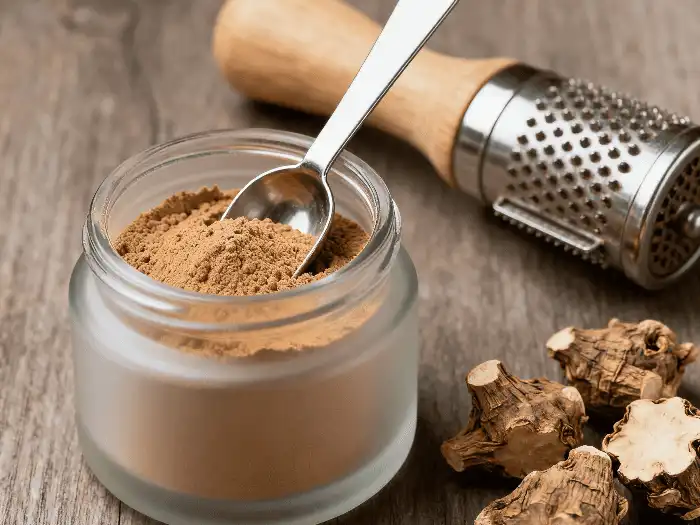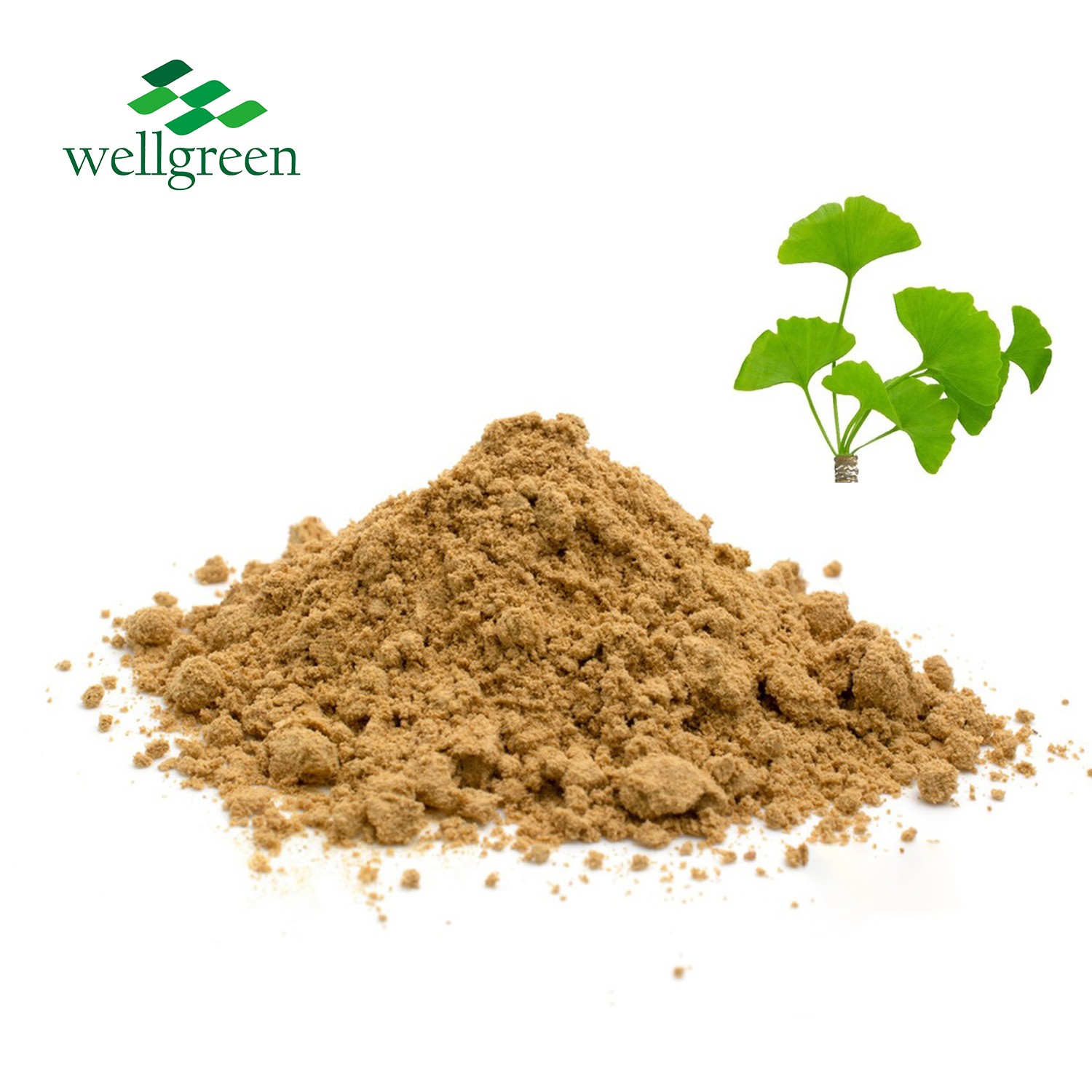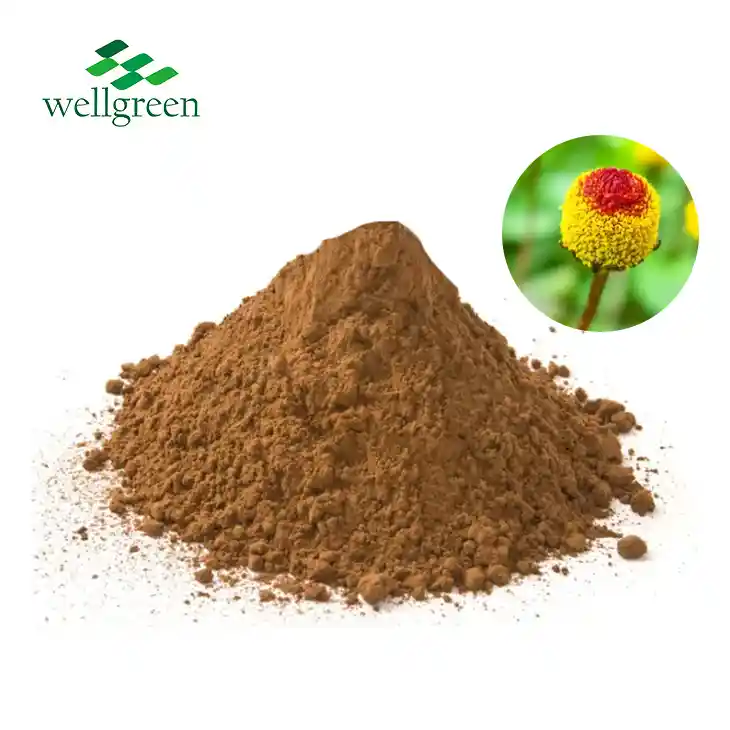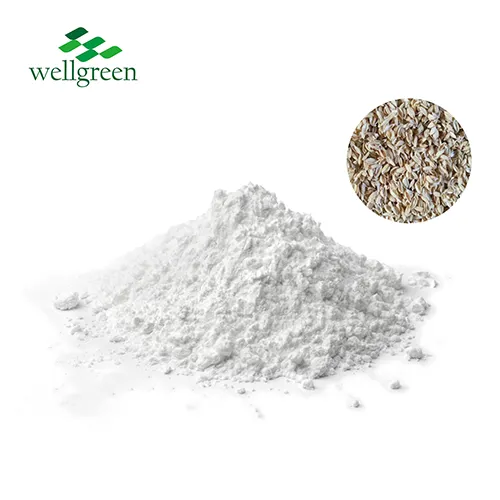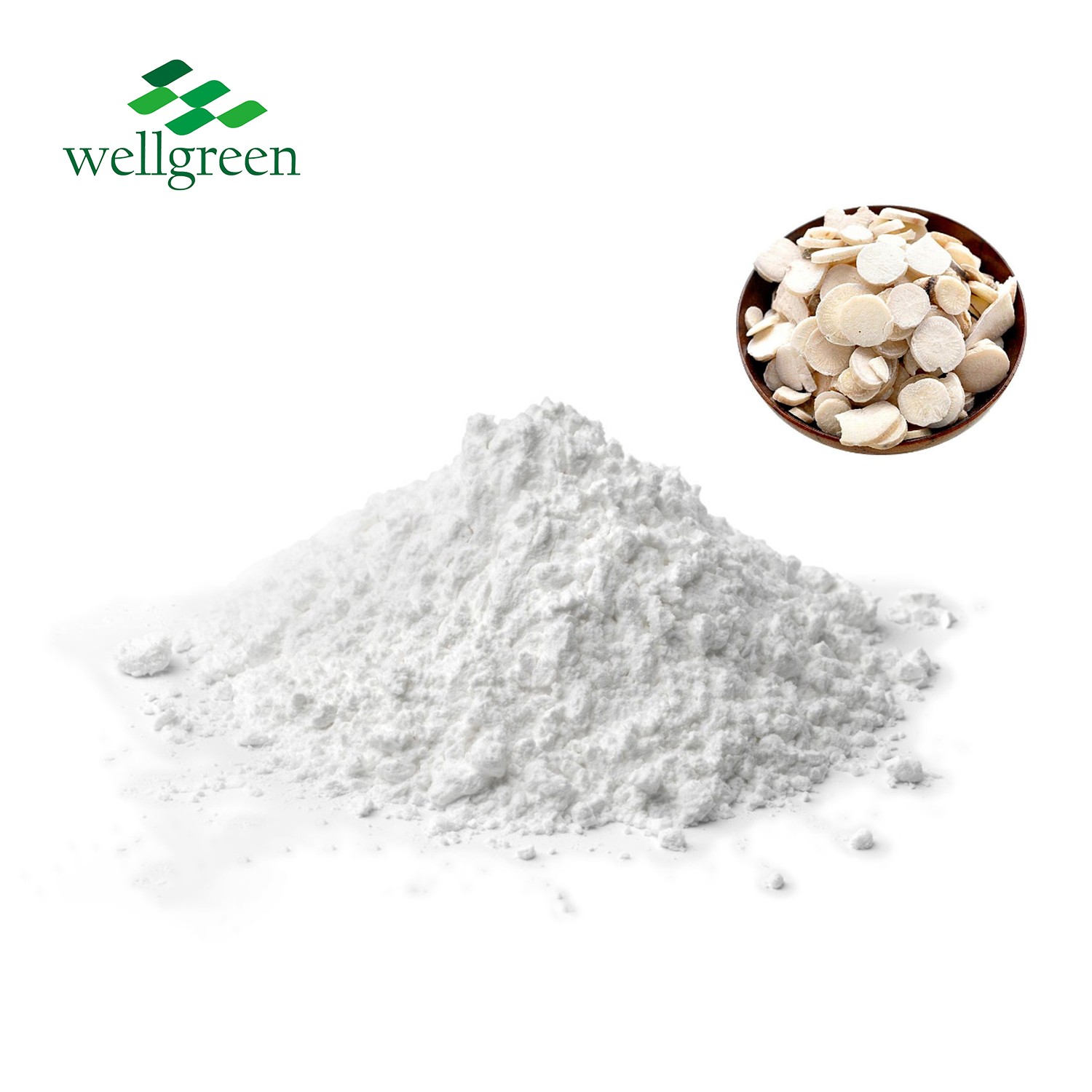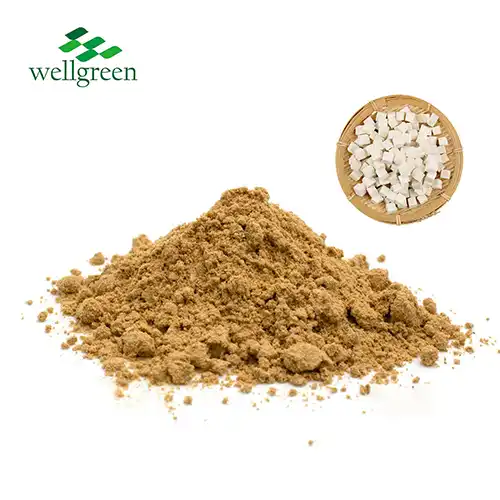The Active Compounds in Kava Kava Extract Powder: Understanding Kavalactones
2025-10-21 15:14:35
Kava extract powder, derived from the roots of the Piper methysticum plant, contains a unique class of compounds known as kavalactones. These bioactive molecules are responsible for kava's renowned relaxation and stress-relief effects. Kavalactones interact with the central nervous system, producing anxiolytic, analgesic, and muscle relaxant properties. Understanding the composition and mechanisms of kavalactones is crucial for appreciating the potential benefits and quality considerations of kava extract powder. This article delves into the fascinating world of kavalactones, exploring their types, concentrations, physiological effects, and the importance of standardization in kava products.
Kavalactone Profile: Types and Concentrations in Extracts
Major Kavalactones and Their Characteristics
Kava extract powder is composed of a diverse array of kavalactones, with six primary compounds dominating the profile: kavain, dihydrokavain, methysticin, dihydromethysticin, yangonin, and desmethoxyyangonin. Each kavalactone exhibits unique pharmacological properties, influencing effects such as relaxation, mood enhancement, and mild analgesia. The relative proportions of these compounds in a given extract determine the overall potency and specific characteristics of the kava product. Understanding the profile of these major kavalactones is essential for predicting and standardizing the extract's effects.
Kavalactone Concentrations in Different Kava Varieties
The total kavalactone content in kava extract powder varies based on the plant variety, cultivation conditions, and extraction methodology. Typically, high-quality kava extracts contain between 30% to 70% total kavalactones, while premium products may exceed these concentrations. These differences impact both the intensity and duration of the extract's effects. For manufacturers and consumers, knowing the precise concentration of kavalactones is critical to ensure consistency, efficacy, and safety, especially when formulating standardized kava supplements or beverages.
Chemotypes and Their Significance
Kava plants are categorized into chemotypes according to their unique kavalactone compositions, which directly affect the extract's pharmacological profile. Certain chemotypes are associated with more stimulating effects, making them suitable for daytime use, while others promote relaxation and sleep support. Selecting the appropriate chemotype is essential for achieving the desired outcomes, whether for stress relief, mood enhancement, or relaxation. Understanding chemotype differences also aids in quality control and helps consumers make informed choices when choosing kava products.
Mechanisms of Action: How Kavalactones Affect the Nervous System
Interaction with GABA Receptors
Kavalactones exert significant effects on the nervous system primarily through their interaction with gamma-aminobutyric acid (GABA) receptors. By enhancing the inhibitory action of GABA, these compounds help reduce neuronal excitability, leading to relaxation and diminished anxiety levels. This mechanism parallels the action of certain prescription anxiolytic medications but offers a milder effect with a lower risk of dependency or severe adverse reactions. Understanding this interaction provides insight into kava's calming properties and its traditional use in stress and tension relief.
Modulation of Neurotransmitter Systems
Beyond GABAergic activity, kavalactones influence multiple neurotransmitter systems, including serotonin and dopamine pathways. Modulation of these chemical messengers affects mood regulation, cognitive processes, and the body's response to stress. By balancing neurotransmitter activity, kava extract powder contributes to emotional stability, improved mental clarity, and enhanced overall well-being. This multi-targeted approach explains the nuanced psychoactive effects of kava, making it beneficial for relaxation without impairing alertness or daily functioning.
Neuroprotective and Anti-inflammatory Properties
Emerging studies suggest that certain kavalactones exhibit neuroprotective and anti-inflammatory effects, which may support long-term brain health. These properties can help mitigate oxidative stress, reduce neuronal inflammation, and protect against cognitive decline. Additionally, kava's anti-inflammatory potential may aid in managing chronic pain or inflammation-related conditions. Such findings highlight the broader therapeutic potential of kava extract powder, extending its benefits beyond short-term relaxation to possible long-term neurological support and overall systemic well-being.
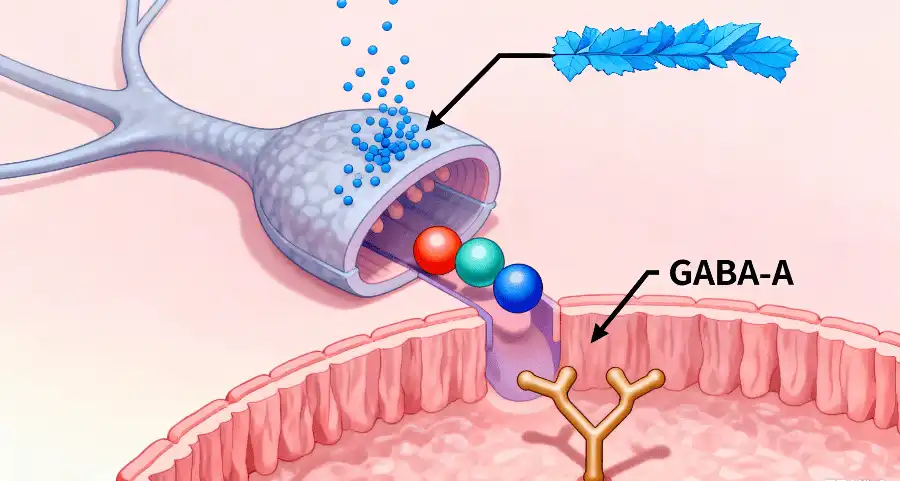
Quality Considerations: Standardization and Stability in Products
Standardization of Kavalactone Content
Ensuring consistent kavalactone content is crucial for producing high-quality kava extract powder. Standardization involves carefully controlling the extraction process and analyzing the final product to guarantee a specific kavalactone concentration. This process is essential for providing consumers with reliable and effective kava products.
Stability and Storage of Kavalactone Powder
Kavalactones can degrade over time, especially when exposed to heat, light, or oxygen. Proper storage conditions are vital for maintaining the potency and effectiveness of bulk kava extract powder. Manufacturers must implement appropriate packaging and storage protocols to ensure product stability and shelf life.
Testing and Quality Assurance Measures
Rigorous testing is essential to verify the purity, potency, and safety of kava extract powder. This includes screening for contaminants, accurately quantifying kavalactone content, and ensuring the absence of harmful adulterants. Reputable manufacturers employ advanced analytical techniques to maintain high quality standards throughout the production process.
Conclusion
Understanding the complex world of kavalactones is key to appreciating the unique properties of kava extract powder. From the diverse profiles of different kava varieties to the intricate mechanisms by which these compounds interact with our nervous system, kavalactones represent a fascinating area of phytochemical research. As interest in natural alternatives for stress relief and relaxation continues to grow, the importance of quality, standardization, and informed use of kava products cannot be overstated. By prioritizing these factors, both manufacturers and consumers can harness the full potential of this ancient Pacific remedy in a modern context.
Contact Us
For high-quality, standardized kava extract powder and kavalactone powder, trust Xi'an Wellgreen as your reliable manufacturer and supplier. Our state-of-the-art GMP-certified facility ensures premium products with consistent potency and purity. Contact us at wgt@allwellcn.com to learn more about our bulk kava extract powder options and how we can support your product development needs.
References
1. Sarris, J., et al. (2020). Kava for generalized anxiety disorder: A review of current evidence. Journal of Clinical Psychopharmacology, 40(5), 514-522.
2. Teschke, R., & Lebot, V. (2011). Proposal for a kava quality standardization code. Food and Chemical Toxicology, 49(10), 2503-2516.
3. Showman, A. F., et al. (2015). Contemporary Pacific and Western perspectives on `awa (Piper methysticum) toxicology. Fitoterapia, 100, 56-67.
4. Kuchta, K., et al. (2015). Kava (Piper methysticum): A comprehensive review of the toxicology of kava extract. Planta Médica, 81(18), 1647-1655.
5. Smith, K. K., & Dharmaratne, H. R. W. (2018). Kava: From ethnobotany to pharmacology. Alternative Therapies in Health and Medicine, 24(4), 24-32.
6. Chua, H. C., et al. (2016). Kavain, the major constituent of the anxiolytic kava extract, potentiates GABAA receptors: Functional characteristics and molecular mechanism. PLoS ONE, 11(6), e0157700.

